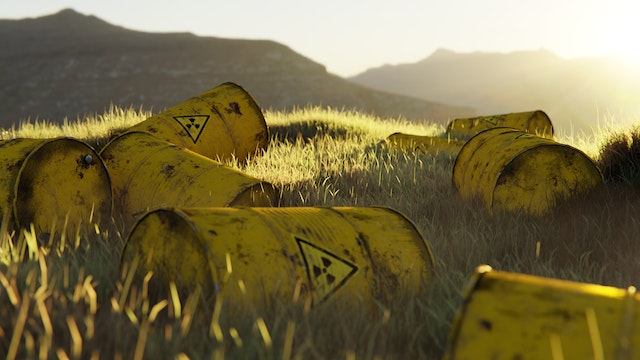There are a number of options available for nuclear waste management. Wastes are classified into three main categories based on their radioactivity: low-level waste (LLW), intermediate-level waste (ILW), and high-level waste (HLW). Most LLW and ILW is currently disposed of in landfills or regulated facilities. Permanent disposal in deep geological repositories is an option for HLW, but this is not yet widely accepted by civil society.
The United States is currently working on solutions to dispose of its spent fuel. One proposed solution involves drilling a hole 5000 meters deep and stacking spent fuel assemblies. This method will allow for extreme isolation of the waste from the biosphere and should have a long life cycle. But there are many concerns associated with deep-boreholes.
The Bundestag has established a commission to examine storage and disposal issues. The commission will draw up a framework for decision-making and recommendations for action. Once the Bundestag establishes a legislative foundation for nuclear waste management, the site selection process can begin. Regulatory agencies will oversee the procedure. They include the Federal Office for Safety of Nuclear Waste Management and the Federal Office for Radiation Protection.
There are two types of nuclear waste: low-level and intermediate-level. Low-level waste is classified as waste containing less than four GBq/t of radioactivity. It can be handled safely in close quarters. Low-level waste is about 31% of the total waste generated. Intermediate-level waste, on the other hand, has a higher radioactivity level and needs to be shielded and contained to protect workers.
Commercial energy generation produces most of the nuclear waste in the U.S. Most of this waste is stored in above-ground concrete casks to allow it to cool for many years. However, these storage sites require personnel to monitor them for leaks, radiation levels, and other issues. Some nuclear material is highly dangerous and may be used in weapons.
In addition to power related nuclear waste, non-power related nuclear waste has received more attention. Non-power related nuclear waste includes nuclear medicine activities in hospitals, national laboratories, and used industrial gauges. Unlike power-related nuclear waste, non-power related nuclear waste is relatively short-lived and is not difficult to manage. In addition, the sources and types of nuclear waste vary widely, making it difficult to make a global assessment of its disposal needs.
Managing the nuclear waste generated in electricity generation is an important part of the nuclear energy cycle. Unlike other thermal electricity generation, the waste produced from nuclear power is strictly regulated, and it must be disposed of safely. In some cases, it must be buried permanently to prevent future contamination. For this reason, the nuclear energy industry is unique in its approach to waste management.
